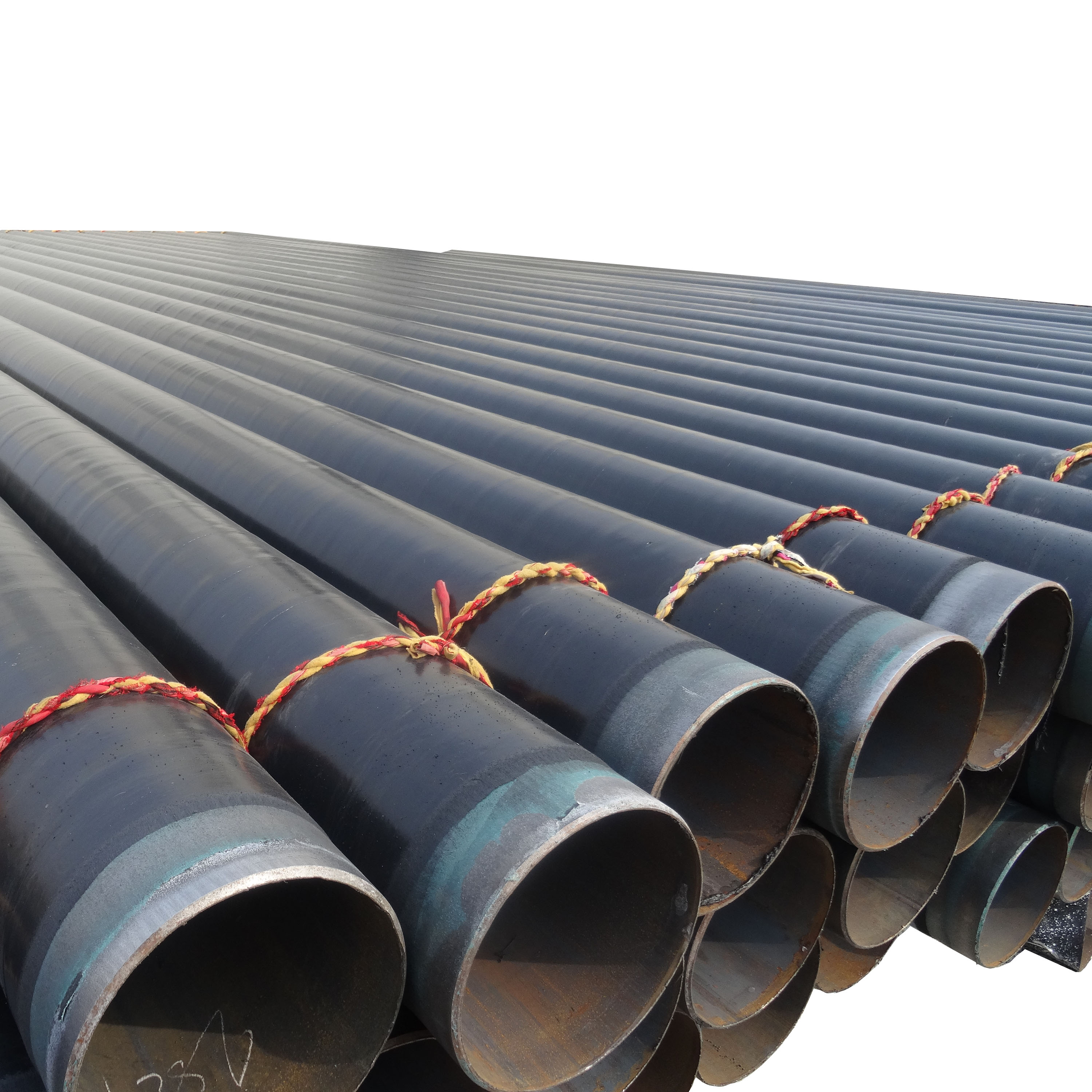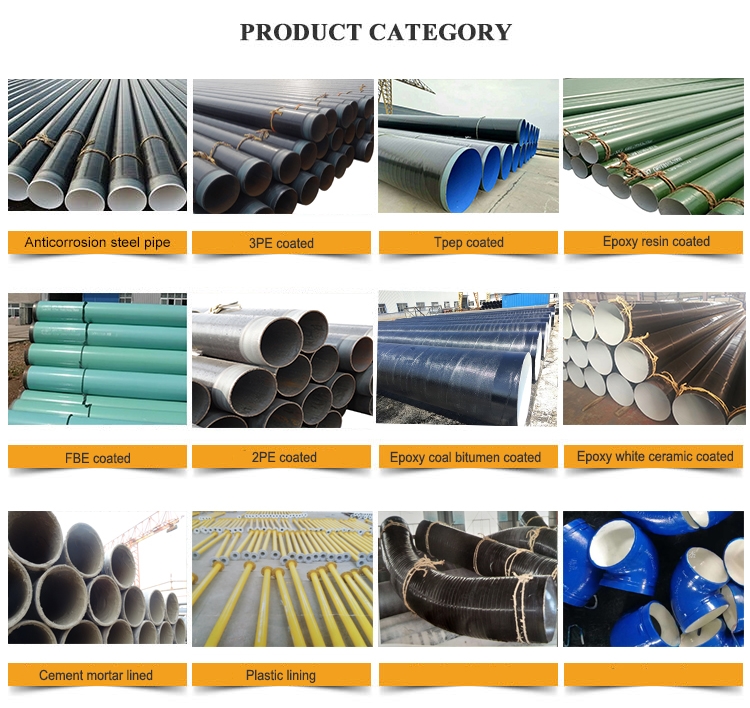According to a report by the Physicist Network on October 15 (Beijing time), the latest research by researchers at the University of Manchester in the United Kingdom shows that the precise stacking of monoatomic layers is expected to create a large number of new materials and equipment, graphene and related monoatomic thicknesses. Crystals offer a wide range of options for this. They stacked the monoatomic layers of graphene and boron nitride in a layered manner in the desired order to create a "multilayer cake" that could be used as a nanoscale transformer. Related papers were published on the October 14th issue of the journal Nature Physics. Since being separated for the first time in 2004, graphene has revolutionized many areas. From smartphones, ultra-fast broadband, computer chips to drug delivery, graphene is expected to replace existing silicon materials. The study, led by Leonid Pomonalenko of the University of Manchester and Nobel laureate Andre Gamm, believes that people have yet to find a stage where graphene is truly a big player, new equipment and new materials that can make use of their outstanding attributes. Still not invented. In a nano-transformer, due to the action of a local electric field, electrons move in a layer of metal and generate a pulling force on electrons in another layer of metal. This phenomenon is called "Coulomb drag". To take advantage of this rule, it is necessary to separate the layers of metal so that they are insulated from each other, but the separation distance cannot exceed a few atomic distances. This structure is the basis for many complex and sophisticated new electronic and photonic devices, including many new transistors and detectors. Existing materials can't do this, which is a huge leap for current nanotechnology. The researchers used graphene as a single-atom conductive plane and thin aluminum nitride of only 4 atoms as an electrical insulator. They first stripped the graphene plane from the bulk graphite and obtained the boron nitride atomic layer using the same technique. Then, using an advanced nanotechnology, the graphene and boron nitride crystals were assembled like the "base height" toy. The layers are stacked and assembled into new crystals in the desired layer order. The nano-transformer was assembled by Roman Gobachev of the University of Manchester. He described the technique as saying: "This is like the story in "The Story of a Jumping Steel Flea". Only the highest magnification microscope can be used to see the flea dancing. Even the tiny horseshoes are nailed. Our nano 'base' is a further derivation of this technology.†Gamm added: “This study also proves that the plane can be built layer by layer with atomic precision. Complex equipment with multiple functions. We have a complete library of atomic layer materials. By combining these materials, it is possible to create major new materials that are not found in nature. The prospect of this road is more exciting than graphene itself. Excited.†As people become more familiar with the physical laws of the macro world, sometimes smaller means more surprises. Graphene is one of the tiny things that carry many surprises. The surprise brought by graphene today is not only due to the breakthrough of scientific research, but also the advancement of technical means: If the method of obtaining graphene on that day is slightly inconvenient, the success of nano-transformers today cannot be separated from micro-assembly. The technology is getting better and better. The wonderful prospects that the microscopic world has produced are obviously more worthy of expectation than the graphene materials themselves.
Anticorrosion pipe is widely used in pipeline engineering fields such as long-distance water transportation, petroleum, chemical industry, natural gas, heat, sewage treatment, water source, bridge, steel structure, offshore water transportation piling and so on.

advantage
1. Combine the mechanical strength of steel tube with the corrosion resistance of plastic;
2. The outer wall coating reaches more than 2.5mm, resistant to scratches and scratches;
3. The inner wall friction coefficient is small, 0.0081-0.091, reducing energy consumption;
4. The inner wall meets the national health standards;
5. The inner wall is smooth and not prone to scaling, with self-cleaning function.

Our Services
Pipe End: Plain, beveled, threaded and coupled
Pipe surface: Lightly oiled, Hot dip galvanized, Electro galvanized, Black, Bare, Varnish coating / Anti rust oil, Protective Coatings (Coal Tar Epoxy, Fusion Bond Epoxy, 3-layers PE) or as required
Packaging Details
Plastic caps on both ends, Steel bundle, Woven bag or acc. to customers' request.
Delivery Time
15 days after receiving deposit
Anticorrosive Steel Pipe
Carbon Steel Pipe,3Lpp Coating Pipe,3Lpe Coated Pipe,Anticorrosive Steel Pipe
HEBEI CHENGYUAN PIPE INDUSTRY GROUP CO.,LTD , http://www.hbcytube.com

